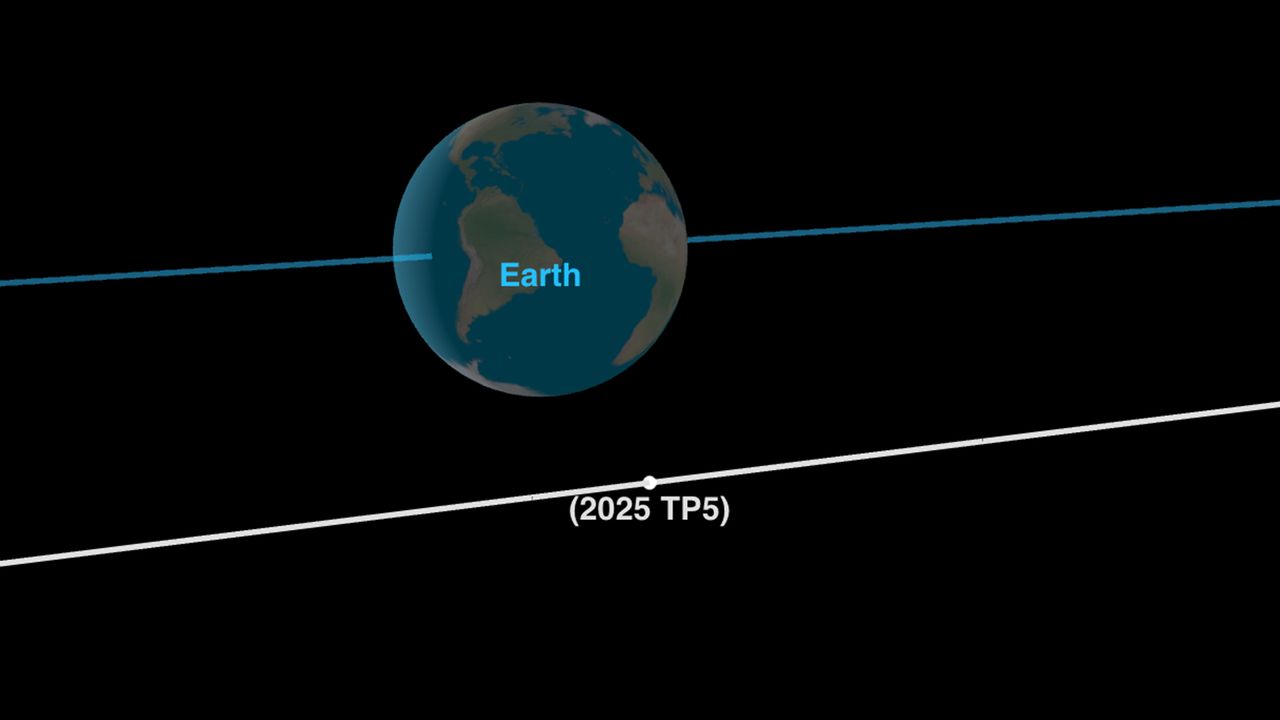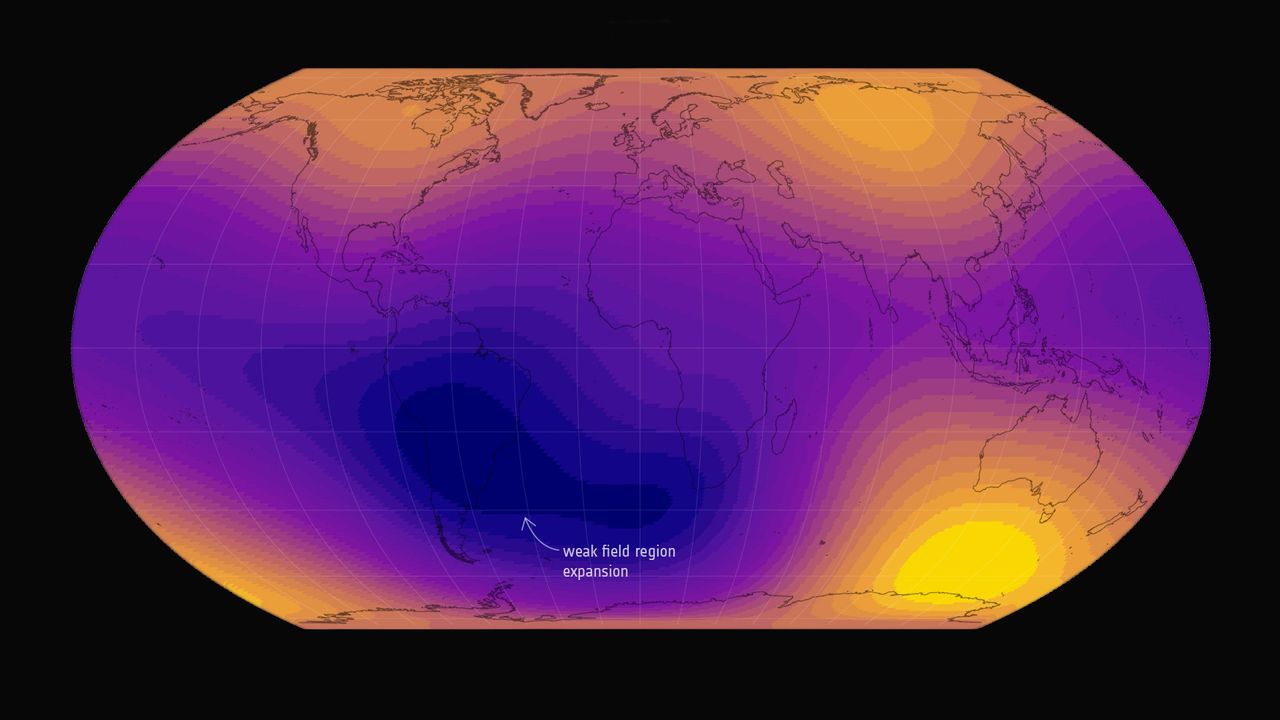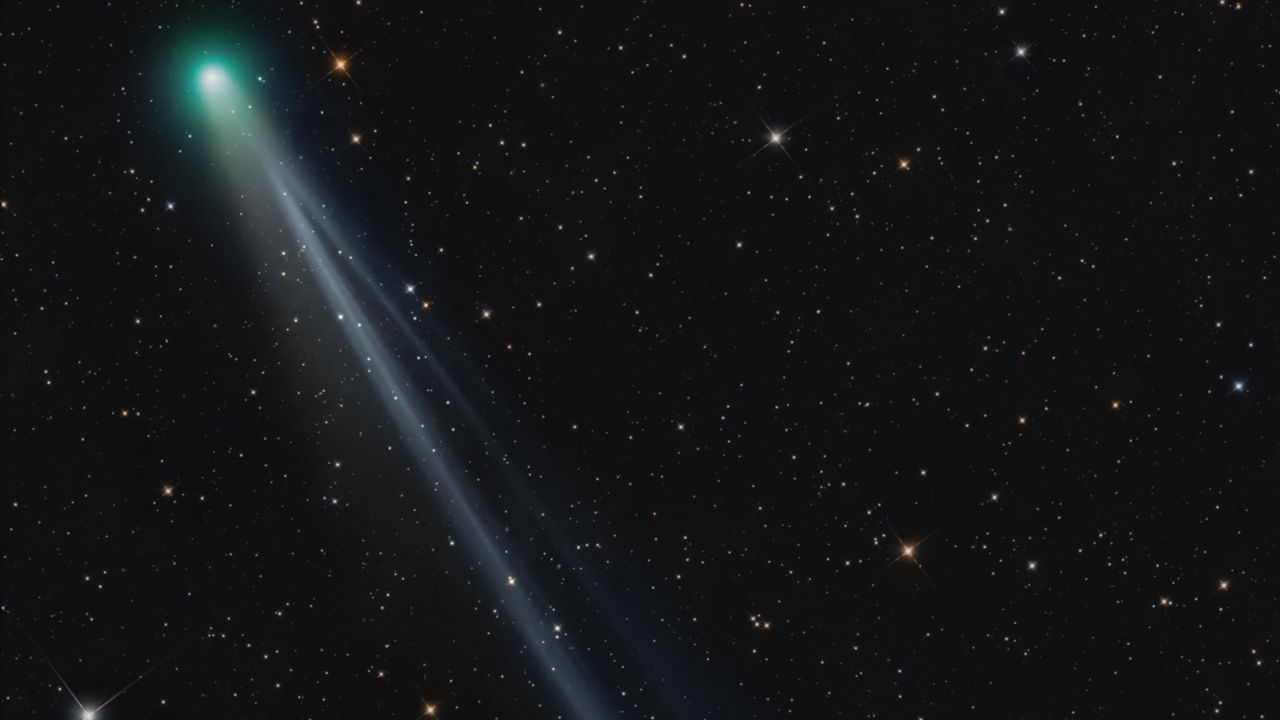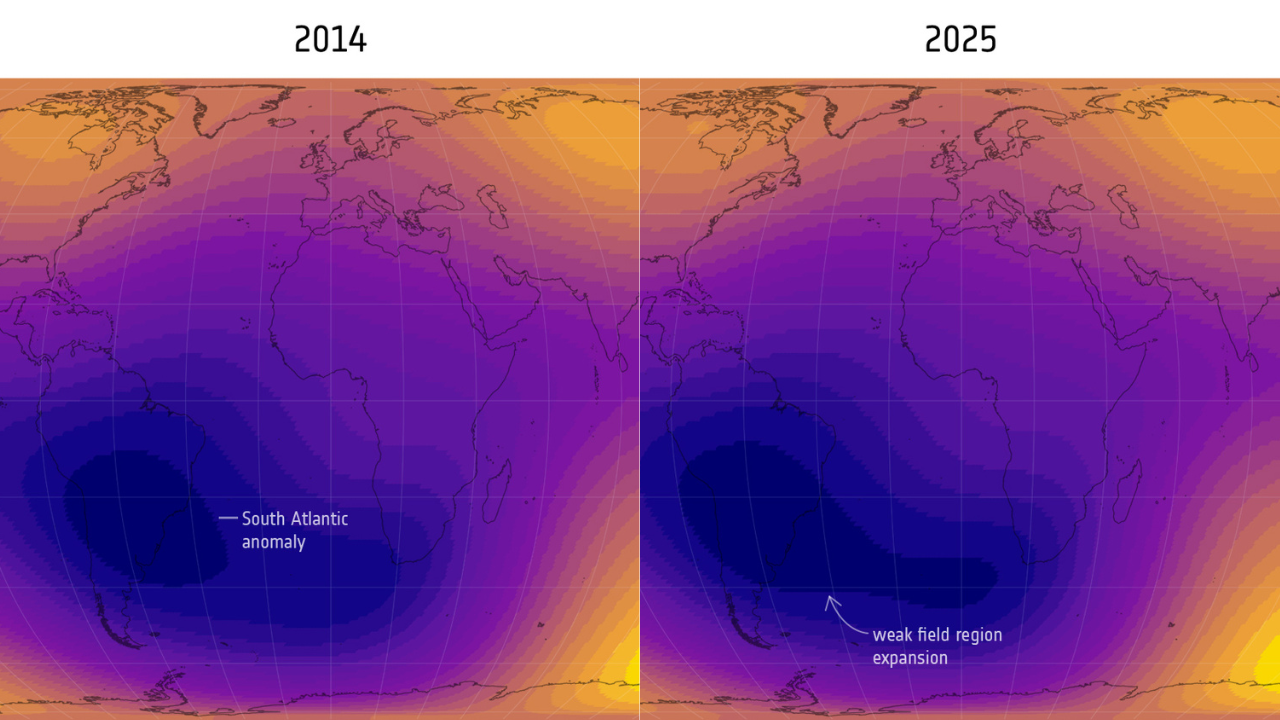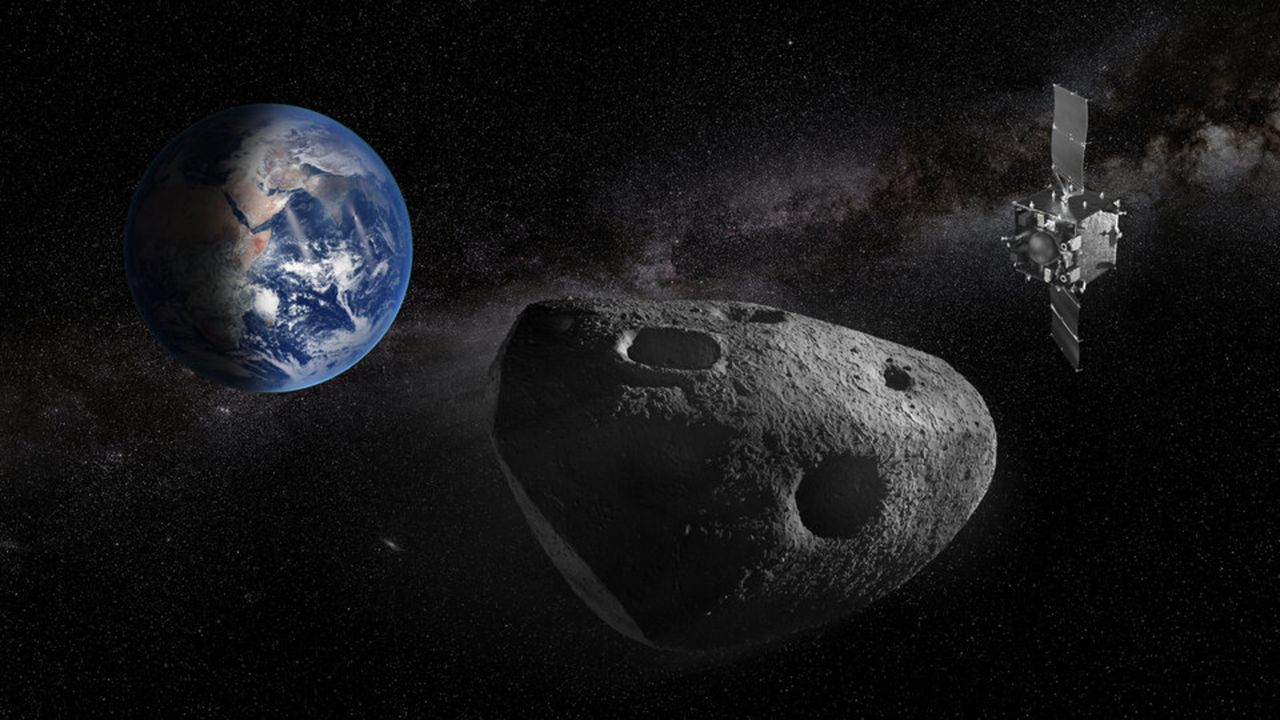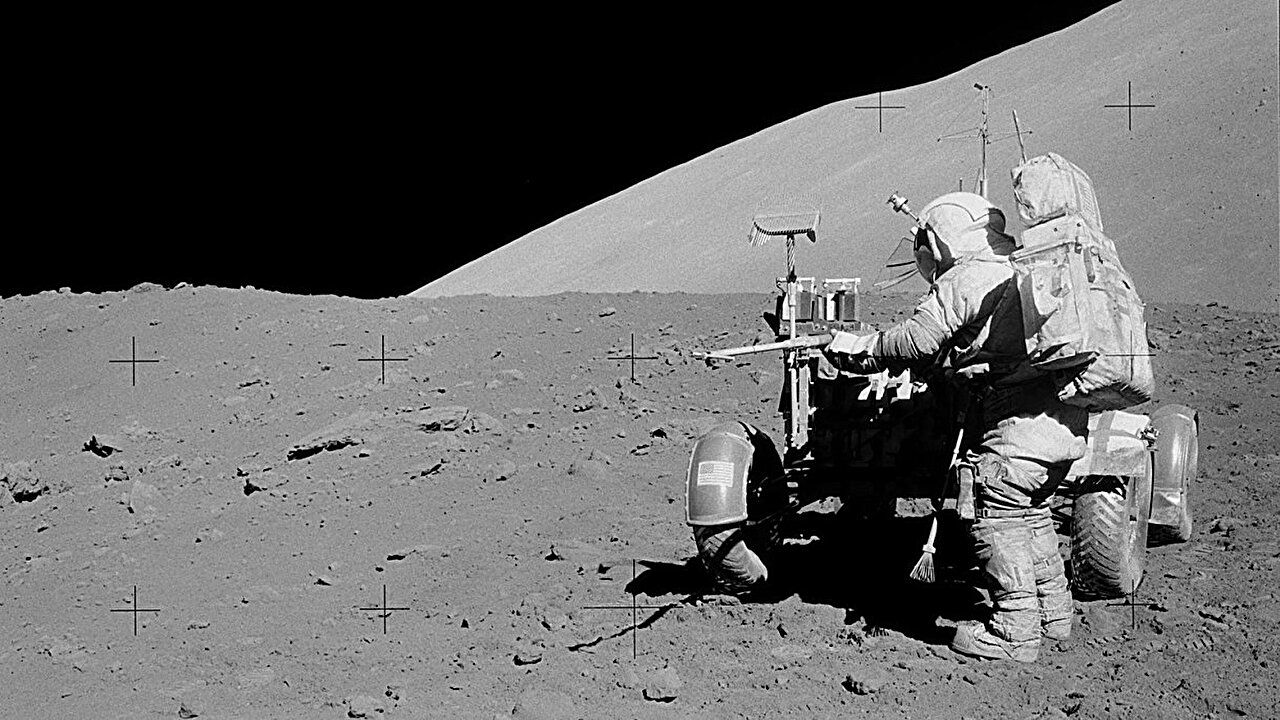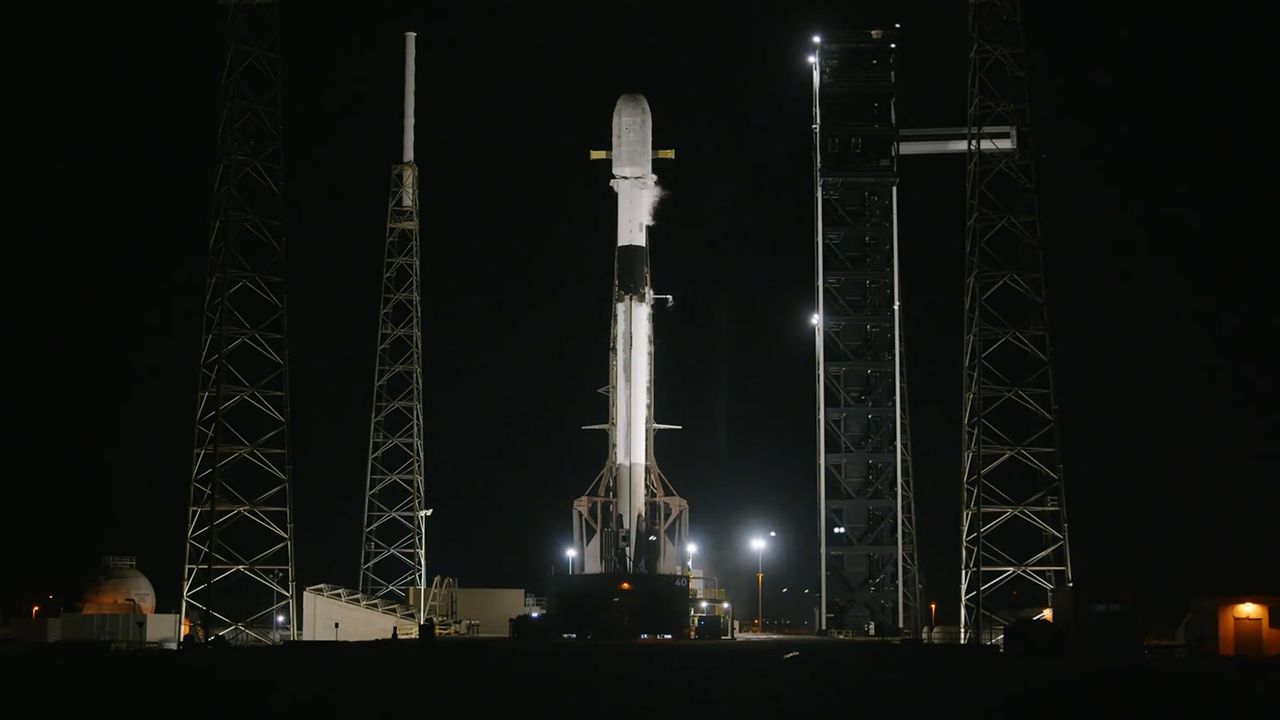CO2 levels in Earth's atmosphere jumped by a record amount in 2024
NegativeScience

In 2024, the global average concentration of CO2 in the atmosphere surged by a record 3.5 parts per million, reaching 423.9 ppm. This alarming increase raises significant concerns about the planet's diminishing capacity to absorb excess carbon, highlighting the urgent need for action to combat climate change and protect our environment.
— Curated by the World Pulse Now AI Editorial System
